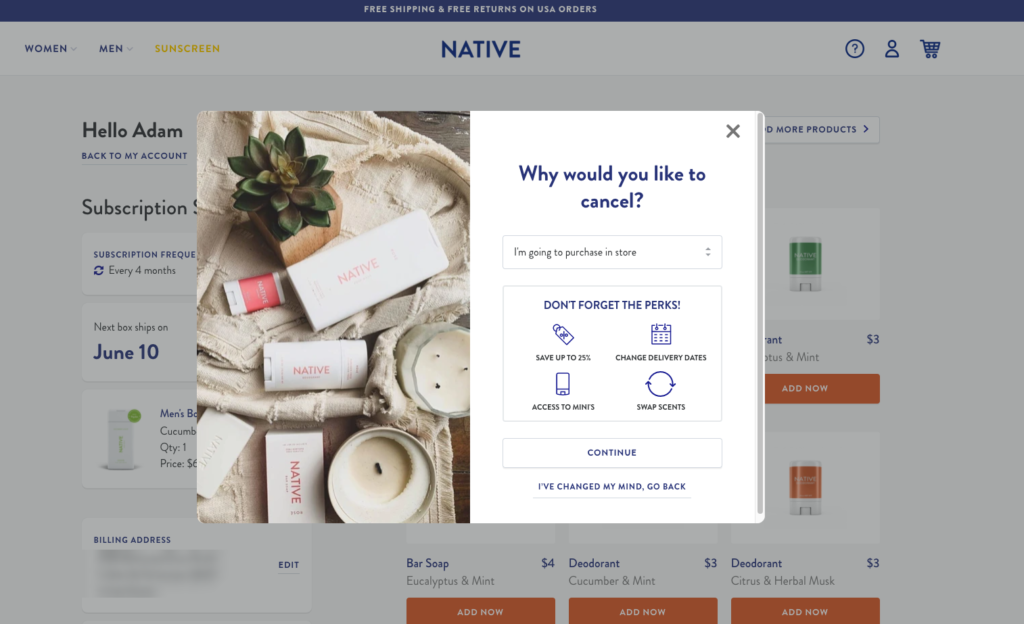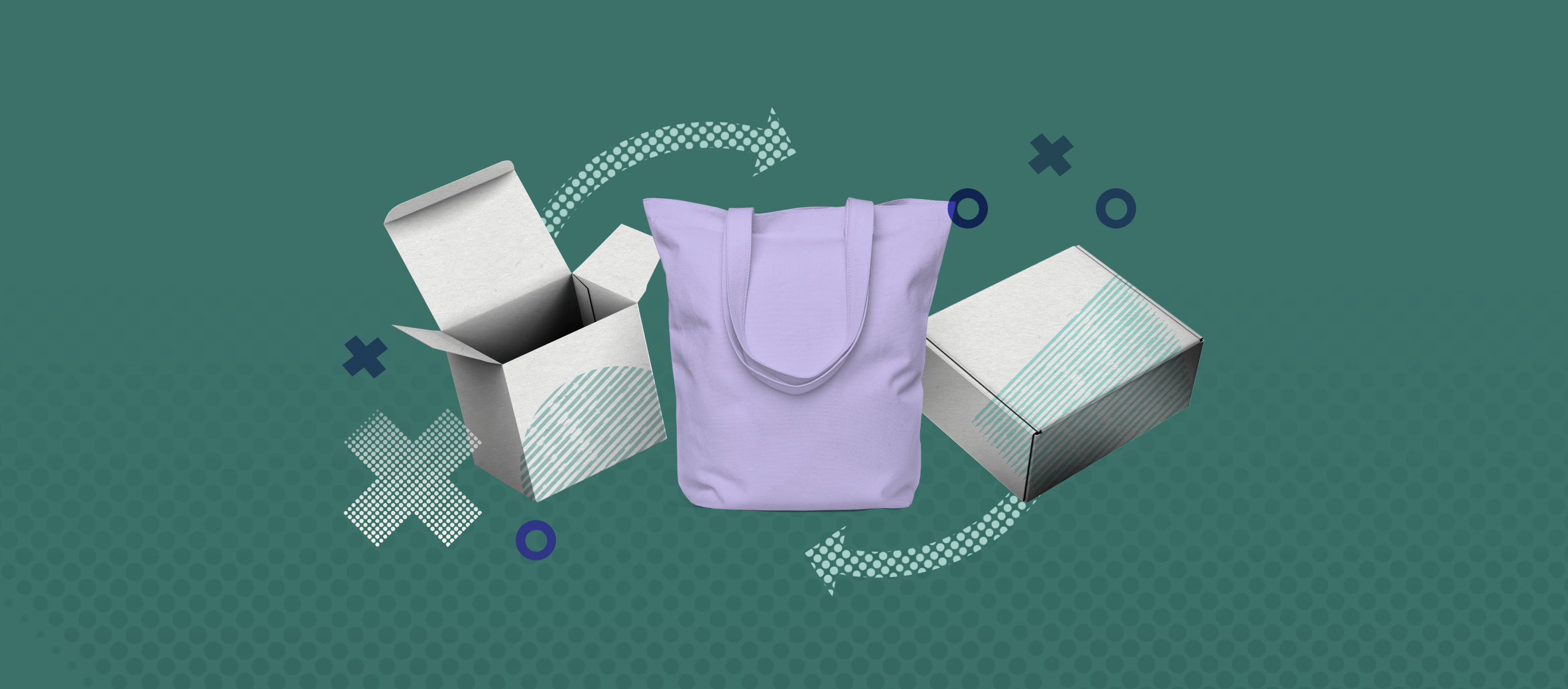We all know that figuring out the reason why customers are cancelling has a major impact on your customer churn and your ability to successfully combat it. You can read more about why churn reduction should be your biggest focus here, but let’s discuss some of the options you have to tailor the cancellation flow to better suit your needs.
Leveraging the turn-key Recharge cancellation flow
When a customer chooses to cancel, you can present a list of customized cancellation options. To reduce customer churn, you can also provide incentives to retain existing customers. This guide provides an overview of the default Customer Retention Strategy feature.
Sometimes, that solution doesn’t quite suit everyone. For merchants that want to offer a more detailed cancellation flow and focus a bit more on customer retention, these alternative options could be a way to go.
Enabling custom solutions
Drill-down cancellation flow
Merchant: KatKin
One of our merchants, KatKin, felt that they needed to gather information about why their customers are cancelling while also engaging with them. They created a custom solution that drills down into each cancellation reason additionally and follows up with a pop-up that offers either the incentive to stay, an additional explanation regarding how the subscription works, general vet recommendations, or the team’s sympathies over the loss of a pet.
So, not only do they get more info regarding their customers’ cancellation behavior, but they also reduce the number of support tickets by offering the customer a quick answer to the most commonly asked questions ( for example: why cats aren’t eating the food)


Utilizing a slider style retention strategy with a pause option
Merchant: Bokksu
Another one of our merchants, Bokksu, wanted to give their customers the ability to pause their subscription instead of cancelling it. If a customer wants to cancel, they are greeted with a slider that offers them an option to pause their subscription either with a set reactivation date, or an option that lets them manually reactivate it.
Bokksu also offers an alternative way of offering discount incentives, that works well with their store branding, and for their month-over-month subscribers, the cancellation flow is tailored in such a way that they are offered an option to downgrade to a bimonthly or quarterly subscription instead
The wording is everything. Recharge doesn’t really have a pause option, when a customer chooses to pause the subscription for a specific period of time, they are actually moving their next charge date, and when a customer decides to manually reactivate their subscription, they are essentially reactivating a subscription that has been canceled in the system.

Exploring a pop-up tactic
Merchant: Native
By now you have probably heard of Native. For them, keywords when it comes to their business are simple and effective. The pop-up cancellation process they created is just that. It’s simple, effective, and clean (like their deodorant).
Similar to KatKin, Native also wanted an opportunity to educate customers about subscription-specific things and engage with them via the cancellation flow. For example, if a customer says that they are cancelling because they will purchase Native in-store going forward, Native wanted to remind them in a simple and visually effective way about all the perks they would be missing out on that only their subscribers enjoy, such as savings, and access to their mini scents.

The cancellation process in a nutshell
Whatever tactic, or combination of tactics, you choose to enable your cancellation flow, ensure you’re continuously collecting feedback from customers on what they’re looking for. Setting up new and interesting ways to engage with your customers to reduce customer churn will allow you to maintain long term relationships with them.
You always hope that no one cancels, but in the end, making it a seamless process where they realize you care about their experience from start to end keeps the door open for them to return at a later date if their needs or situations change. On the flip side, creating barriers to cancel mostly ensures that customers will not be going out of their way to return, remembering that the cancellation experience was difficult.



